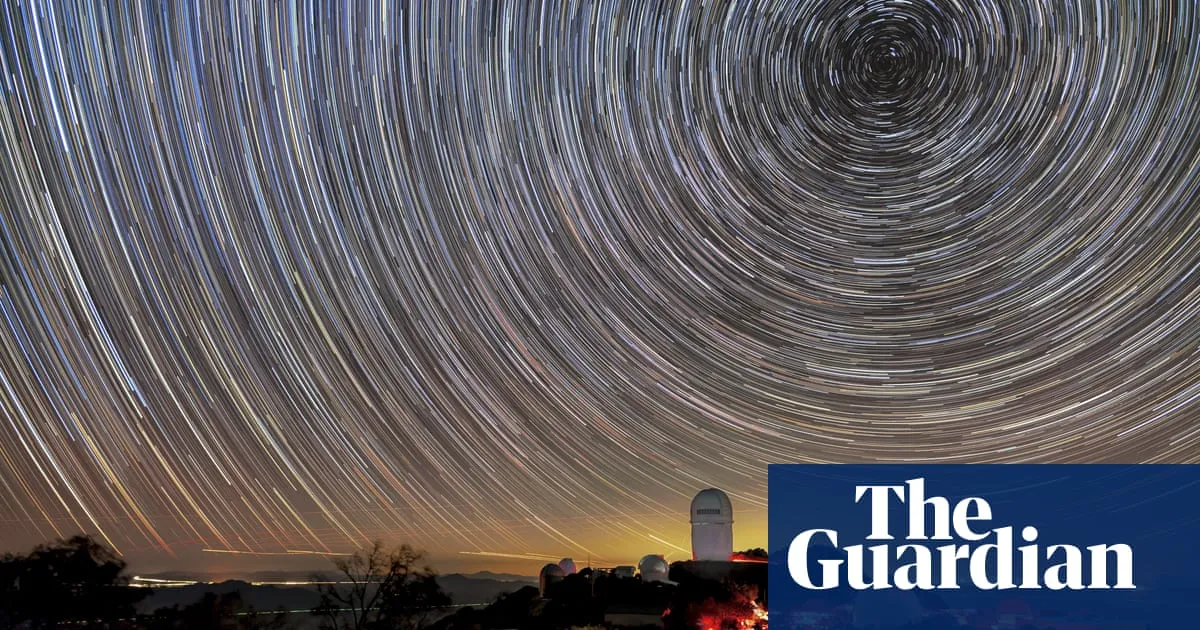
Dark energy, the enigmatic force that drives the expansion of our universe, might be weakening, according to groundbreaking findings from the Dark Energy Spectroscopic Instrument (DESI) team at Kitt Peak National Observatory in Arizona. This revelation could potentially “overthrow” the scientific community’s existing theories regarding the future of the cosmos. If these results are confirmed, they could significantly alter our understanding of the universe's evolution, suggesting that its current expansion may eventually reverse, leading to a scenario known as the “big crunch.”
Prof. Alexie Leauthaud-Harnett, a co-spokesperson for DESI and a cosmologist at the University of California, Santa Cruz, expressed excitement over the findings, stating, “What we are seeing is deeply intriguing. It is exciting to think that we may be on the cusp of a major discovery about dark energy and the fundamental nature of our universe.” This marks a potential shift in the long-standing theoretical model of the universe, which has remained largely unchanged for decades.
The concept of dark energy was first introduced in the late 1990s when astronomers utilized distant supernovae to examine the rate of cosmic expansion over time. Contrary to expectations that gravity would slow the expansion initiated by the Big Bang, these supernovae revealed that the rate of expansion is actually accelerating, fueled by an unknown force termed dark energy. Traditionally, dark energy has been viewed as a constant, implying that the universe will eventually face a bleak fate known as the “big freeze,” where all matter is so far apart that even light cannot traverse the void between galaxies.
The latest findings, presented at the American Physical Society’s Global Physics Summit in Anaheim, California, challenge this prevailing view. The DESI, equipped with 5,000 fiber optic “eyes,” is mapping the cosmos with unprecedented accuracy. The most recent data release captures the light from 15 million galaxies, spanning 11 billion years of cosmic history, allowing astronomers to create the most detailed three-dimensional map of the universe to date. This data suggests that dark energy peaked in strength when the universe was approximately 70% of its current age and has since weakened by about 10%.
While the rate of cosmic expansion continues to accelerate, these findings indicate that dark energy is “gently lifting its foot off the pedal.” Prof. Carlos Frenk, a cosmologist at the University of Durham and a member of the DESI collaboration, stated, “What we’re finding is that, yes, there is something pushing galaxies away from each other, but it is not constant. It is declining.”
Though the results do not yet meet the stringent five-sigma threshold of statistical certainty required for definitive claims in physics, many within the collaboration have shifted from skepticism to confidence regarding the findings. Prof. Frenk emphasized, “I’ve looked at the data carefully. To me, this is a robust result. We’re witnessing the overthrow of the old paradigm and the emergence of a new paradigm.”
However, some scientists remain cautious. Prof. John Peacock, a cosmologist at the University of Edinburgh and a DESI collaborator, previously skeptical about evolving dark energy, has now been persuaded by the findings, noting, “Extreme claims require extreme evidence.” In contrast, Prof. George Efstathiou from the University of Cambridge, who was not involved in the study, remarked, “My take-home from this analysis is that the measurements do not yet provide decisive evidence for evolving dark energy.”
If dark energy continues to decline to the point of becoming negative, the universe could face a reverse big bang scenario known as the big crunch. Scientists remain uncertain about why dark energy, estimated to constitute about 70% of the universe alongside dark and ordinary matter, might be diminishing. This raises profound questions about whether the laws of physics are changing or if a crucial element remains undiscovered.
Prof. Ofer Lahav, an astronomer at University College London and a DESI collaborator, remarked, “It’s fair to say we have no idea what dark matter or dark energy is. The constant dark energy theory is already sufficiently challenging. But you can also look at it more positively. For 20 years we’ve been stuck with dark energy. Now physicists have new questions.”